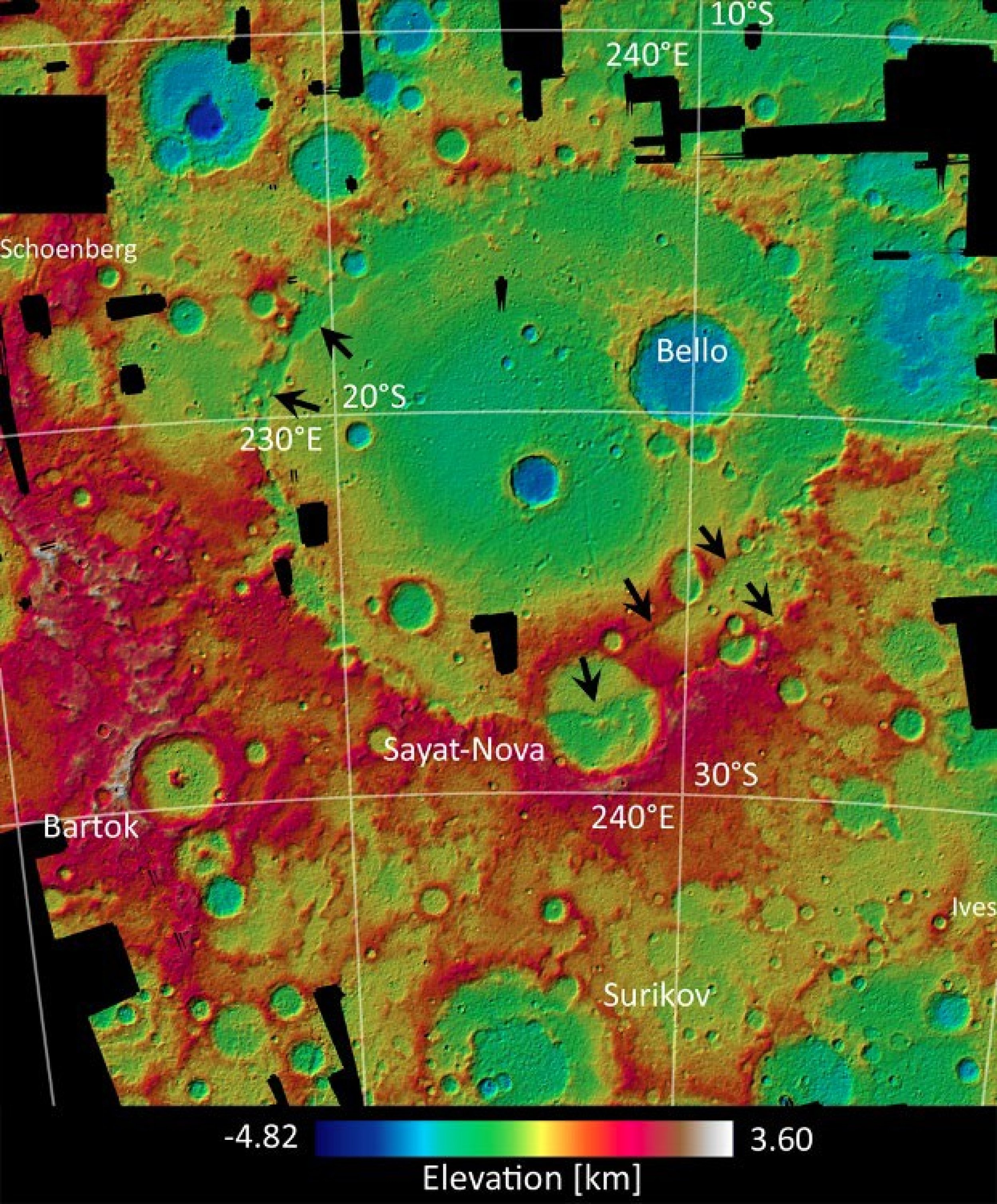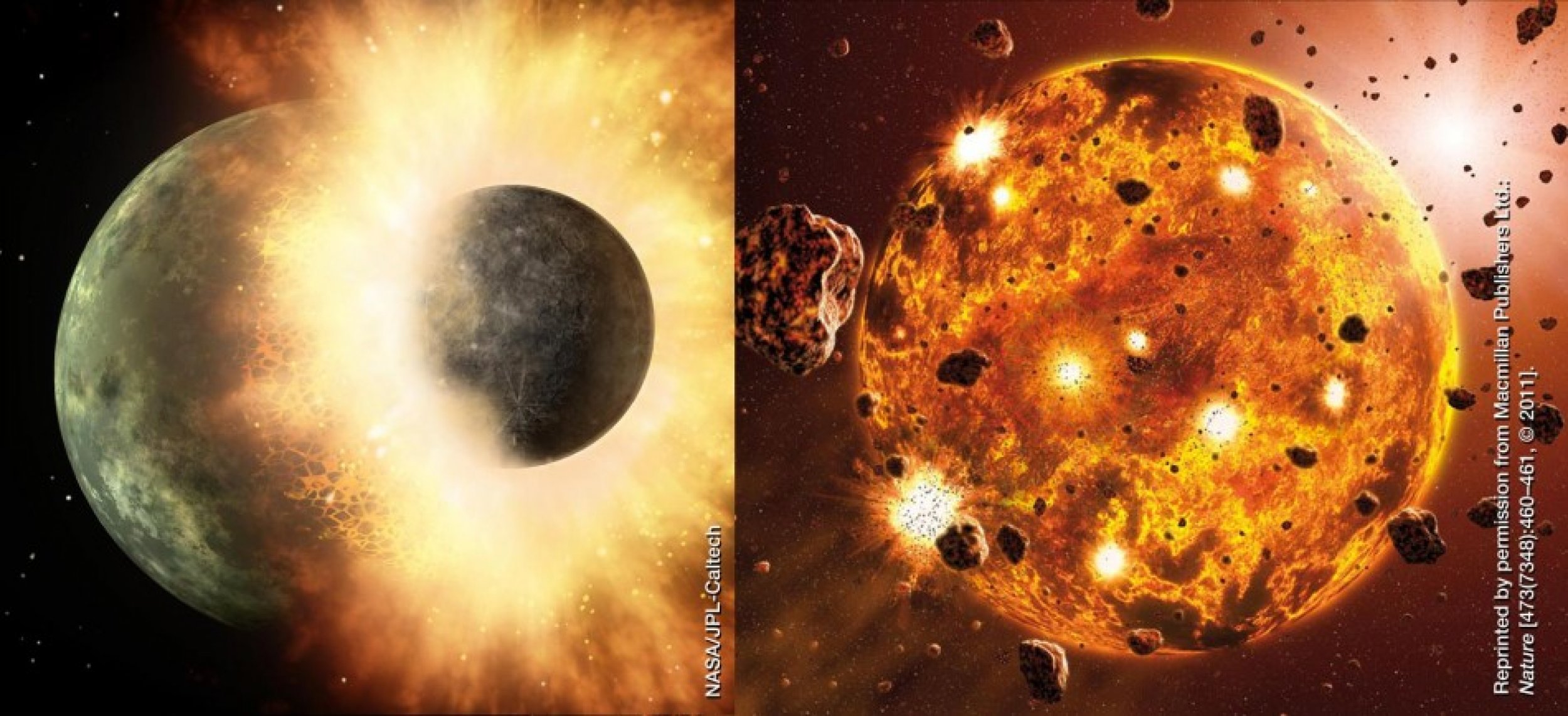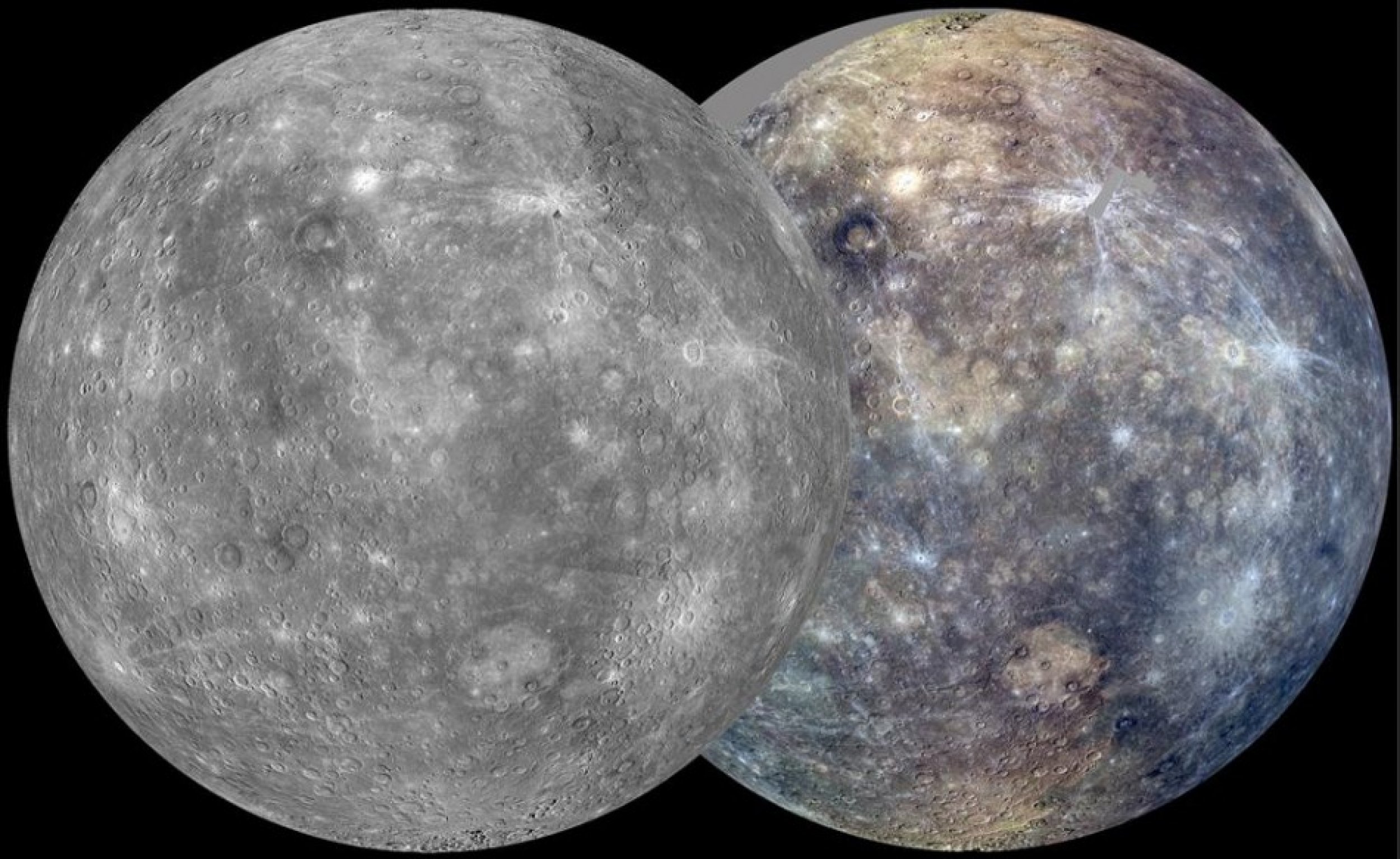Planet Mercury Unmasked: Fantastic Photos Of Crazy New Discoveries [PHOTOS]
It's hot on Mercury -- really hot.
The planet closest to our sun can have surface temperatures of above 700 degrees Fahrenheit. That's not a hospitable environment for water, but some may yet be hiding in the shadows.
The tiny planet has long been known to have curious reflective patches around its poles. This is characteristic of ice deposits, but could ice be possible in such a hot place? The issue was largely up to conjecture, until recent findings from the Messenger Probe revealed some interesting new details.
Messenger left our planet way back in 2004; for years, it twirled back and forth in a complicated gravitational dance with Venus, Mercury and the sun before it could be sucked into orbiting our smallest planet. Now, it has been circling around Mercury for a full year and collecting comprehensive data.
Mercury is pocked with craters, and thanks to Messenger, we now have better information about the planet's precise topography. The probe passed over those regions where scientists had noticed radar reflectivity, and it found that those spots matched up precisely with certain craters whose depths were in perpetual shadow, and thereby not as hot as the rest of the planet.
In other words, those mysterious reflective zones could realistically signify ice water, since they show up in cold places.
Still, scientists warn that nothing has been proven; the reflective spots could just as easily be sulphur.
Messenger also found that the dense iron core of Mercury is much bigger than we thought. Maria Zuber, a planetary scientist at the Massachusetts Institute of Technology, explained to NPR that if the planet were an orange, the flesh of the fruit could represent mercury's core. Mercury's crust and mantle would be only as thick as the orange's peel.
Another interesting discovery: strange topographic features, like craters whose basins have risen to higher altitudes than their rims. These findings suggest that Mercury has had a rich inner life, and that those geologic processes made themselves apparent in a myriad of surface oddities. It is even possible, though unlikely, that there is still activity beneath that rocky surface.
The Messenger mission has gone so well that it's being extended. NASA was persuaded by researchers at the Carnegie Institution for Science to keep the probe going, and the extended mission commenced on Sunday, reports NPR.




© Copyright IBTimes 2025. All rights reserved.






















